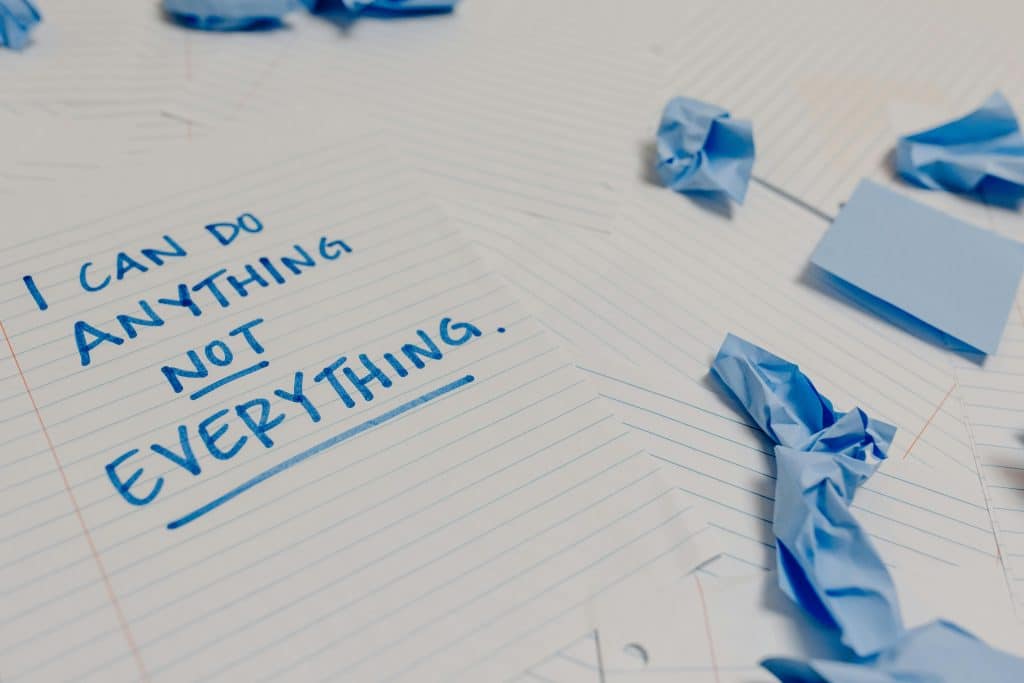In a digital world designed for speed, we’re generating thoughts faster than we can process them. Ideas stack up in notes apps, half-finished tabs, and bookmarked threads. But how often do we return to those ideas, reflect on them, and let them grow?
That’s where reflection strengthens thought chains—the mental links between scattered concepts, half-formed questions, and emerging insights. Reflection isn’t just about slowing down. It’s about creating cognitive structure, so ideas don’t fade—they connect, deepen, and lead somewhere.
Today, reflection is regaining attention in productivity and knowledge work trends. Why? Because fast information consumption without mental digestion is proving to be cognitively expensive—and increasingly, ineffective.

Why Thought Chains Matter More Than Ever
A thought chain is the progression of a single idea into a connected system of related insights. It’s how a stray observation turns into a project, how a question becomes a thesis, or how seemingly unrelated information reveals a bigger pattern.
Without reflection, these chains break. We get one-off thoughts, floating in mental space without anchors or context.
Here’s what reflection does:
- Links new ideas to existing knowledge
- Surfaces hidden assumptions or contradictions
- Strengthens memory encoding through active engagement
- Promotes insight by letting ideas interact over time
As cognitive scientist John Sweller’s work on cognitive load theory suggests, reflection is a way of freeing up short-term working memory by transferring more information to long-term storage. It literally makes thinking easier over time—by organizing it.
The Trend: Digital Reflection Is Emerging as a Discipline
A growing number of creators, entrepreneurs, and educators are developing systems around intentional reflection—not just journaling, but structured re-engagement with their past thinking.
Some key developments:
- “Second brain” methods like Building a Second Brain by Tiago Forte emphasize progressive summarization, which involves returning to notes repeatedly over time to refine key insights.
- Tools like Reflect.app, Obsidian, and Logseq are designed not just to capture information but to support linking and reviewing it.
- Digital gardens and personal knowledge bases are gaining traction, encouraging people to re-encounter and develop their ideas over time, not just archive them.
The common denominator? Reflection strengthens thought chains—and these tools are evolving to make it easier.
How Reflection Strengthens Thought Chains: The Cognitive Mechanics
Reflective practice engages different areas of the brain than initial idea capture. According to research in the Journal of Cognitive Neuroscience, reflective thinking activates the medial prefrontal cortex and posterior cingulate cortex—areas associated with autobiographical memory and self-referential processing.
This means:
- Ideas feel more personally relevant
- They’re better remembered
- They’re more likely to resurface in future problem-solving
By repeatedly revisiting an idea, we form synaptic connections that literally strengthen the “thought path.” The more links in the chain, the easier it becomes to follow and extend it later.
A Practical Guide to Using Reflection to Build Thought Chains
Whether you’re writing, researching, or building out a creative project, integrating structured reflection into your workflow can significantly improve the depth and usefulness of your ideas. Here’s how to make it work:
1. Schedule Re-Encounters with Past Thoughts
Instead of hoarding ideas, make time to revisit them. Tools like spaced repetition apps or calendar reminders can help, but even a weekly “note review hour” can go a long way.
Tips:
- Tag notes with the date and context of when/why they were created
- Use “review later” folders or dashboards
- Reconnect older ideas with new material weekly
2. Use Questions, Not Just Highlights
Highlighting a passage doesn’t engage your brain deeply enough. Write a short reflective question next to each highlight:
- Why did this matter to me at the time?
- Where have I seen this connect to something else?
- What does this contradict?
By answering these prompts later, you engage critical thinking—and chain ideas.
3. Start a “Thought in Progress” Log
Create a dedicated space for unfinished ideas—ones that feel incomplete, but promising. Keep the format loose (bullet points, voice memos, sketches). The goal is to revisit them frequently, not finish them immediately.
Benefits:
- Encourages incubation without pressure
- Builds momentum toward deeper insight
- Makes weak ties visible over time
4. Build a Linking Habit
When you revisit a note or reflection, ask: What else does this remind me of? Link it. Even if it feels abstract, you’re training your mind to see patterns and cross-domain connections.
This turns notes into thought webs, not silos.
5. Reflect in Layers
Think of reflection in three stages:
- Initial – immediately after reading, writing, or capturing
- Delayed – after a day or two, once the idea has settled
- Reintegrated – weeks later, after new ideas reshape your understanding
Each pass adds dimension—and strengthens the mental chain.
What to Avoid: Passive Archiving
The biggest mistake with reflection is treating it as storage. Stashing thoughts away without a system to revisit or connect them is like taking notes in a lecture and never reading them again.
Avoid:
- Over-collecting information with no follow-up
- Relying on tags or folders without active linking
- Mistaking quantity of notes for quality of thought
A lean, frequently revisited system often beats a massive, untouched one.
The Workplace Application: Reflection as Strategic Thinking
More organizations are recognizing that creative and strategic thinking depends not just on new inputs but on space to revisit and reframe old ones.
Leaders at Notion and IDEO now integrate reflection weeks or “thought retreats” into quarterly planning.
Reflection isn’t downtime. It’s strategic slack—space where ideas meet other ideas and grow stronger.
Conclusion
When we pause to reflect, we’re not just recalling what we’ve seen or read—we’re shaping how ideas relate to each other. And that’s what builds lasting, usable knowledge.
In a culture obsessed with novelty, reflection is an act of resistance—and reconstruction. Reflection strengthens thought chains not just by making us remember, but by helping us re-see what we’ve already learned.
The result? Ideas that can endure, connect, and evolve over time.
References
- Sweller, J., Ayres, P., & Kalyuga, S. (2011). Cognitive Load Theory. https://psycnet.apa.org/doi/10.1037/a0025199
- Spreng, R. N., et al. (2009). The common neural basis of autobiographical memory, prospection, navigation, theory of mind, and the default mode. Journal of Cognitive Neuroscience. https://direct.mit.edu/jocn/article/21/6/1116/4507/The-Common-Neural-Basis-of-Autobiographical
- Forte, T. (2022). Building a Second Brain. https://www.buildingasecondbrain.com/









